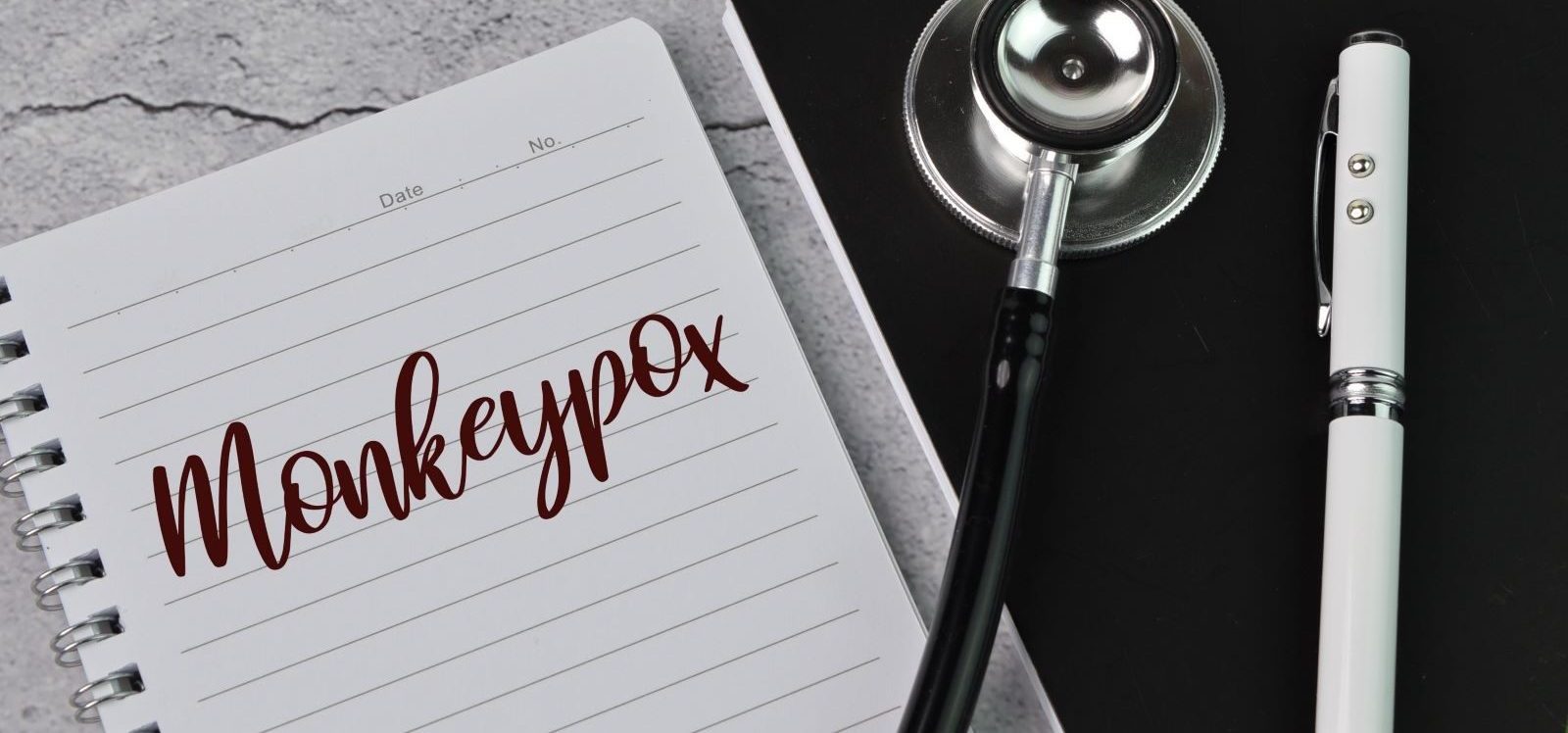<< Back
Monkeypox Could Perpetuate Stigma Toward LGBTQ+ Community

May 27, 2022
In 1981, the little understood human immunodeficiency virus (HIV) began spreading in widening pockets across the globe, particularly among gay men and intravenous drug users. Eventually, more than 36 million people were killed by the acquired immunodeficiency syndrome (AIDS), resulting from HIV.
The AIDS epidemic raged for more than a decade before treatment and preventive measures thwarted transmission and prevented the majority of deaths, although more than 1.2 million Americans still live with HIV today.
News this week that cases of monkeypox seem to be spreading around the globe through sexual contact between males has many drawing parallels between the virus, part of the family that includes small pox, and HIV/AIDS.
While infectious disease officials, including those with the World Health Organization (WHO) dismiss clinical comparisons, the United Nations AIDS agency (UNAIDS) warned that the connection to gay and bisexual men might fuel the stigma around diagnosing and treating monkeypox, which could restrain response to the outbreak.
“We know historically from the AIDS epidemic how a granular viewpoint about infection toward a set group of people can be damaging,” said Derek Fenwick, PsyD, assistant director of the Center for Gender Health at Hartford HealthCare and a clinical psychologist at the Institute of Living. “The rejection, isolation and false narrative at that time in the past could easily spread in today’s climate. My fear is that with consistent, negative rhetoric toward LGBTQ+ individuals, this comparison could further exacerbate the stigma of identifying as gay or bisexual, leading to concealment of identity and a fear of coming out. As a psychologist, I know the impact this can have on one’s mental health.”
WHO representatives said current evidence does not limit risk for monkeypox to certain portions of the population. Because monkeypox enters the body through broken skin, the respiratory tract, mucous membranes in the eyes, nose or mouth, or through direct contact with bodily fluids or lesions caused by the virus, those most at risk for contracting the virus are people who have had close physical contact with another person with monkeypox.
On Monday, the CDC issued a level 2 alert, urging people to “practice enhanced precautions” as new cases of monkeypox are confirmed in Europe, Australia and the United States. None of the confirmed patients traveled to west or central African countries where the virus is usually found.
As of Wednesday, the CDC had identified nine cases of monkeypox in Massachusetts, New York, California, Florida, Utah, Washington and Virginia, all in gay or bisexual men. CDC officials expect more cases to be diagnosed here, and are conducting testing and genomic tracing on samples from the nine identified patients.
CDC Director Rochelle Walensky urged people to follow the science and not give into any hate-fueled stigmas.
“While some groups may have a greater chance of exposure right now, infectious diseases do not care about state or international borders. They’re not contained within social networks, and the risk of exposure is not limited to any one particular group,” she said.
Monkeypox is clinically less severe than chicken pox and is only fatal in about 11 percent of patients, according to Ulysses Wu, MD, chief epidemiologist and system director for infectious diseases with Hartford HealthCare.
Symptoms of monkeypox include:
- Fever and chills.
- Exhaustion.
- Headache.
- Muscle aches.
- Swollen lymph nodes.
- Rash on face and body.
Monkeypox lasts between two and four weeks after an incubation period of one to three weeks, Dr. Wu said. There is no standard treatment, although health officials find smallpox antivirals and immunoglobulins effective. The smallpox vaccine is about 85 percent effective as prevention against monkeypox infection.